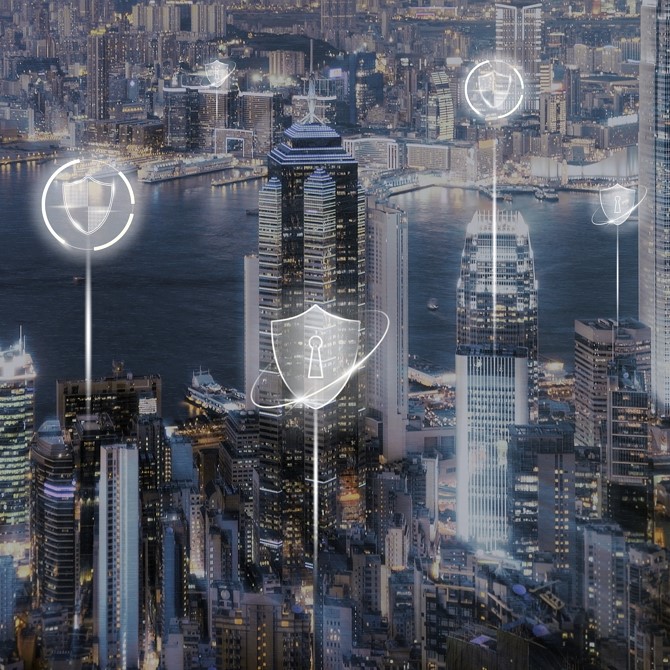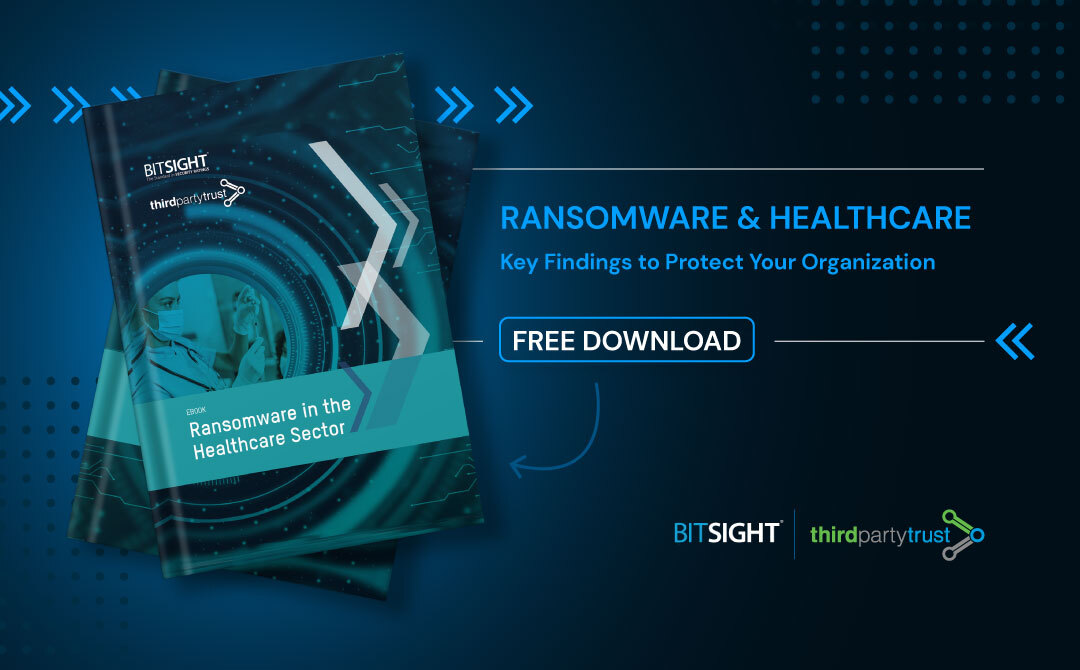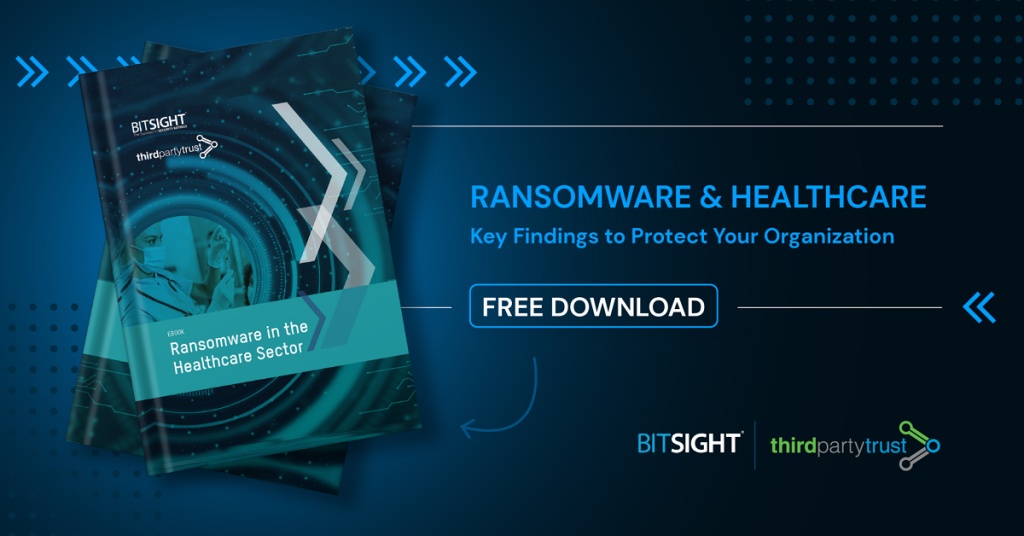Ransomware in the Healthcare Sector: How to Protect Your Organization
Ransomware attacks have increased by 486% over the past two years, and they are expected to cost organizations more than $265 billion over the next decade.
In the healthcare sector, ransomware attacks aren’t just disruptive and expensive, they put patient safety at serious risk. Delays in procedures and tests, increase in patient transfers or facility diversions, complications from medical procedures, and even mortality rate increases are some of the most concerning factors mentioned by IT and security professionals at healthcare delivery organizations, in a recent study by the Ponemon Institute.
To better understand the impact of this growing threat, BitSight and ThirdPartyTrust teamed up to provide a research report titled Ransomware In The Healthcare Sector, which is available for free download. It analyzes hundreds of ransomware attacks and key industry-specific findings that will help your healthcare organization reduce risk and stay ahead.
How can security professionals in the Healthcare industry reduce the risk of becoming a ransomware victim? Which practices are effective in minimizing risk?
Based on our analysis, we find that certain security program practices may be critical to reduce the likelihood of experiencing a ransomware incident. We also identify which vulnerabilities are closely tied with ransomware campaigns.
The analysis includes:
- Likelihood of ransomware based on overall security performance
- How patching cadence impacts ransomware risk
- Specific vulnerabilities tied to ransomware risk
- Certificate and configuration management tied to ransomware risk
Ransomware: A Global Epidemic
Over the last years, numerous high-profile incidents around the globe have shed light on the damaging impact that ransomware can have on organizations and global supply chains.
Large fuel supplier Colonial Pipeline was crippled by a ransomware attack, causing a system wide shutdown affecting nearly the entire U.S. east coast fuel supply for several days. Weeks later, an attack targeting a meat processing plant disrupted food supply. In Europe, a double whammy hit the Irish health system when the Health Service Executive, Ireland’s health care operator, and its Department of Health suffered a ransomware attack forcing a shutdown within the IT infrastructure. Incidents continue to hit the news at an alarming rate.
Why is ransomware growing so rapidly? Are ransomware incidents actually increasing, or are they just becoming more public? What industries are more affected? This research by BitSight and ThirdPartyTrust contains a number of critical performance indicators that can help security professionals in the Healthcare sector reduce the risk of becoming a ransomware victim. Get the research report now.
How Can Your Organization Stay Ahead of Ransomware?
Cybersecurity is not a one-and-done effort, but a day-to-day risk management. Cyber hygiene best practices also need to extend to your vendors, partners, suppliers, and any third-party member of your network to prevent phishing, ransomware, and business email compromise.
Cybercriminals are often able to find and attack the least secure business in the supply chain and use that foothold to gradually compromise their partners. Having tools that provide deep insight into the risks and security performance of every member of your supply chain is critical.
Read More: Third-Party Risk Management for Healthcare Organizations – What, Why, and How
Healthcare organizations need to bring in a large number of technology providers and other third-parties to assist in delivering medical services. They also need to protect medical records and sensitive data from patients and employees, while complying with strict standards like HIPAA. So it’s fair to say that third-party risk management for healthcare organizations is a must.
ThirdPartyTrust can help by providing a one pane of glass risk dashboard, with end-to-end vendor risk assessment automation for making informed decisions about vendors, and continuously monitoring their security posture.
Let us show you how ThirdPartyTrust can help you control ransomware and other risks across your third party supply chain. Talk to an expert today.

Top Tips to Prevent and Contain Ransomware Attacks
Due to the rash of headline-stealing attacks over the past year, ransomware preparedness has become a board-level issue for most CISOs.
These are the ten tips a CISO has found to be most effective to prevent, detect, contain, and respond to ransomware attacks.





